Parking has never been easy for Chico State students, but, thanks to new developments, temporary lots may be coming soon.
The university has slowly been acquiring land after the publication of Chico State’s master plan, which outlines ideas for expansion. This plan calls for the acquisition of the College Park neighborhood which lies between West Sacramento and Warner St.
According to the Director of Facilities Management and Services, Mike Guzzi, there are currently assessments underway to turn the land on Warner St. into temporary parking lots.
“Over the next month or two we will evaluate the feasibility of new or temporary lots until a long term building is planned,” Guzzi said.
Eventually the lots will be used for student housing or a new academic building.
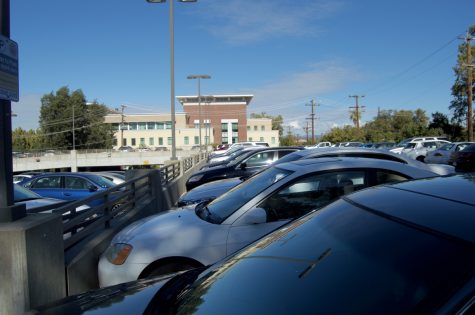
As of September 2018, 2,094 parking passes have been sold at $121 each. These passes allow for unlimited parking in any of the 1,086 G parking spots from one of nine parking lots owned by the university.
Additionally, the university introduced Passport Parking last year, which gives students and faculty the opportunity to purchase parking by the hour.
“We, as a university, have promised to limit our scope 3 emissions, or emissions that come from transportation,” Guzzi said. “We do however know a lot of people need to park.”
Mark Stemen, a professor of geography and planning, has strongly opposed building new parking structures, citing the toll it would take on the university’s emissions output.
In 2011, when the school proposed to build an additional parking structure on the corner of Chestnut and 2nd St., Stemen argued it would be wiser to use the money on expanding bike and bus options for students.
Despite being voted down by the Associated Students body, the structure was built to mitigate the influx of students.
According to an open letter drafted by Stemen and his students, over half of the student population lives within a one-mile radius of the campus, and over 80 percent within two miles.
To abate some of the parking congestion, Stemen and his class proposed to limit the sale of parking passes to students living one mile or more from campus, where biking or walking may be more difficult.
Despite being approved by more that 70 percent of the student body, it was never implemented.
“The university didn’t approve it because they feared people wouldn’t come if they couldn’t bring a car,” Stemen said.
While the new lots may benefit students temporarily, the university has no current plans for permanent parking structures or alternative transportation.
“We’ve put up a few five-story Band-Aids,” Stemen said. “We need to change the culture.”
Amelia Storm can be reached at [email protected] or @Amelia_Storm on Twitter.
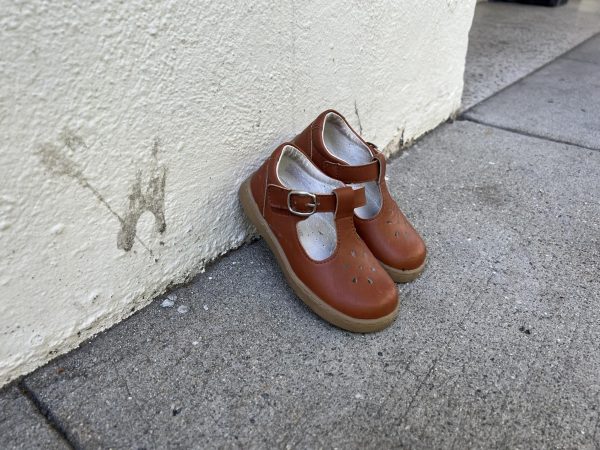
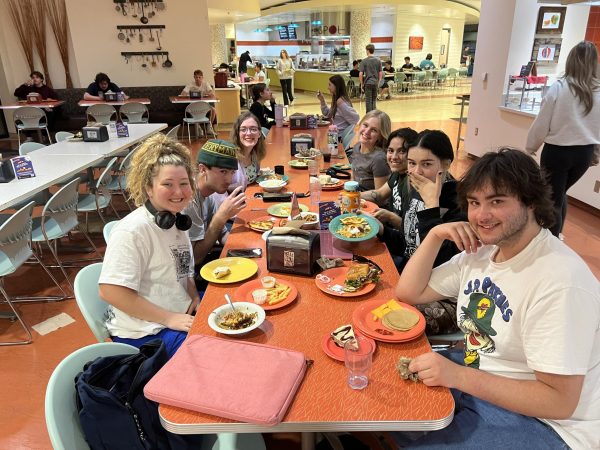






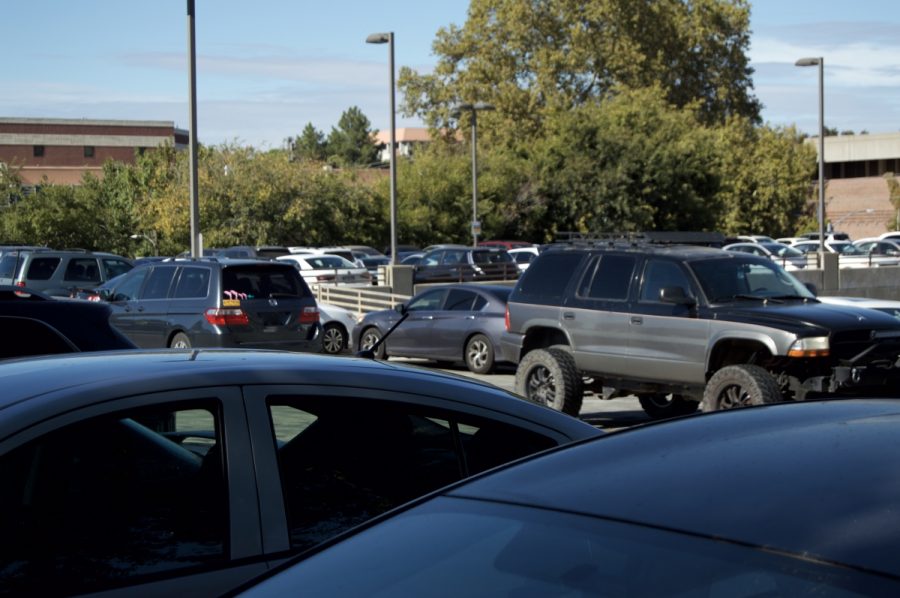
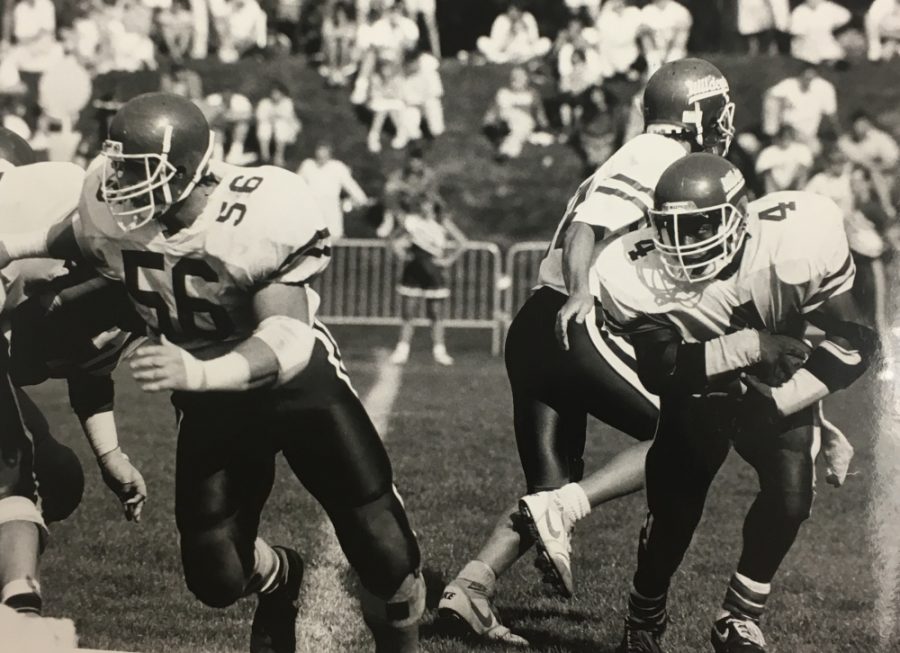

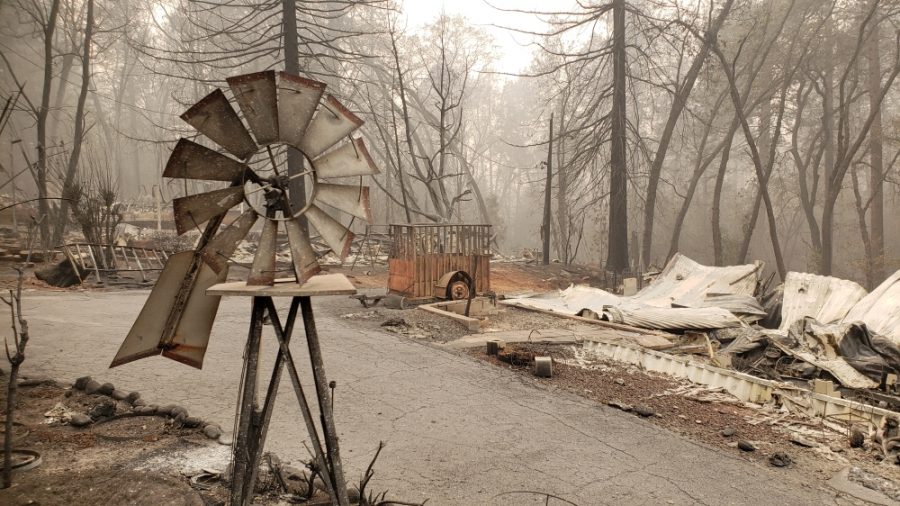

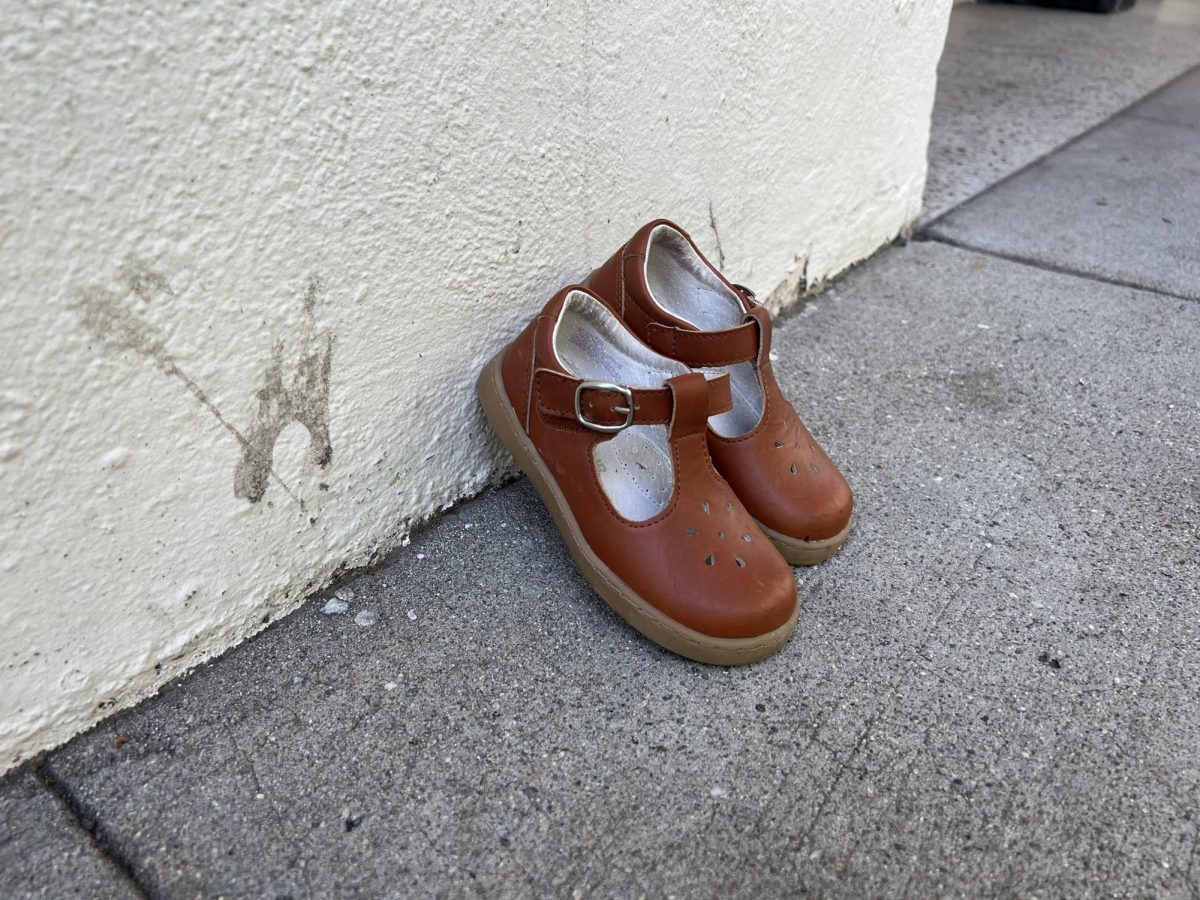
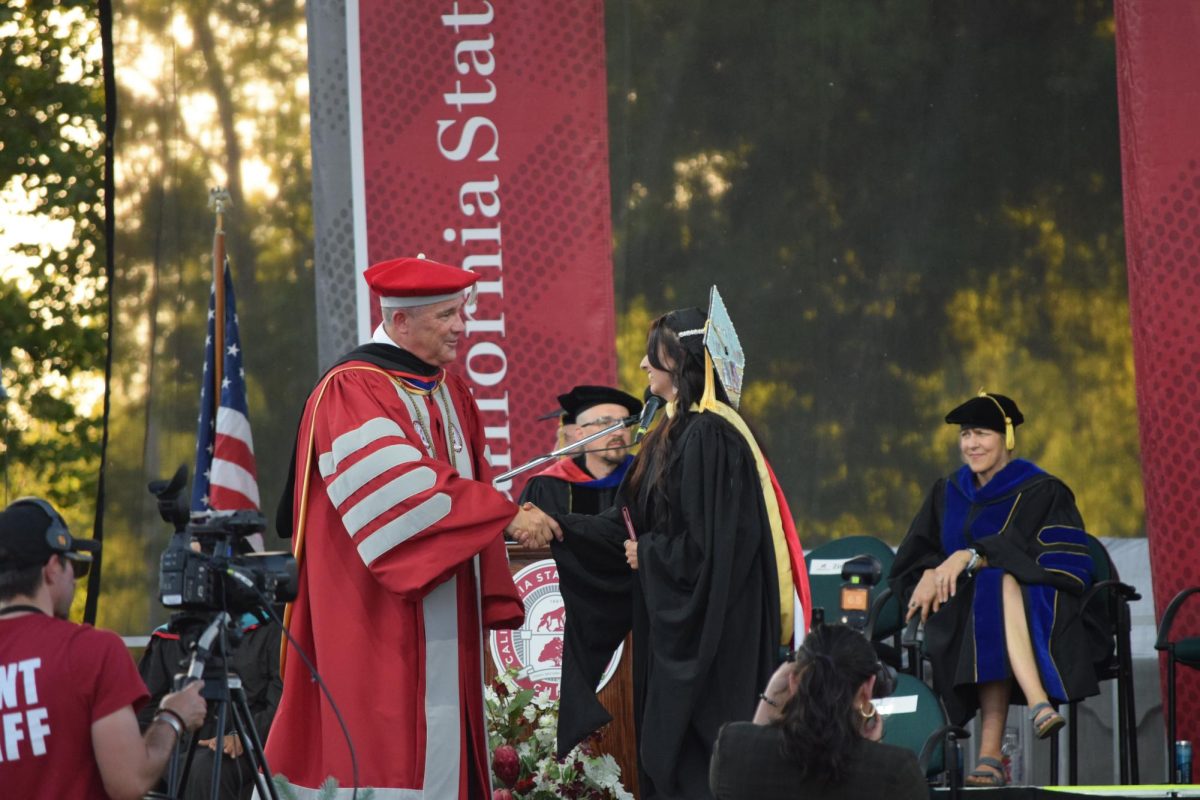
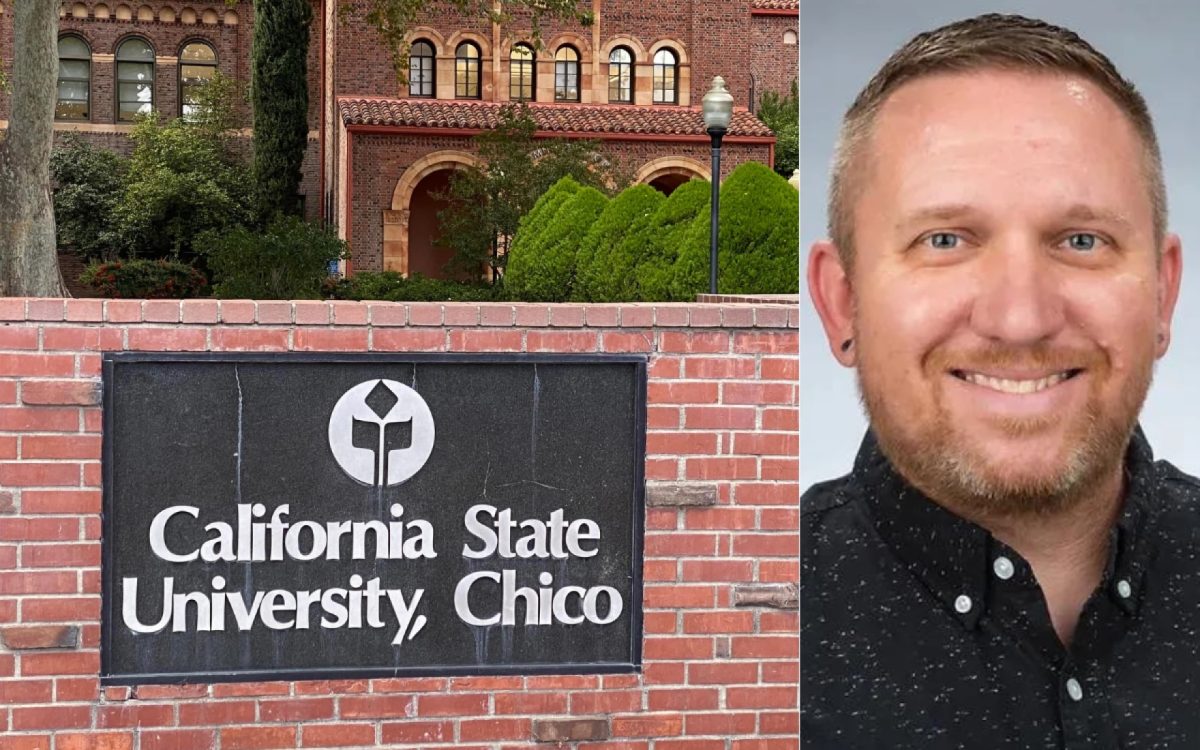
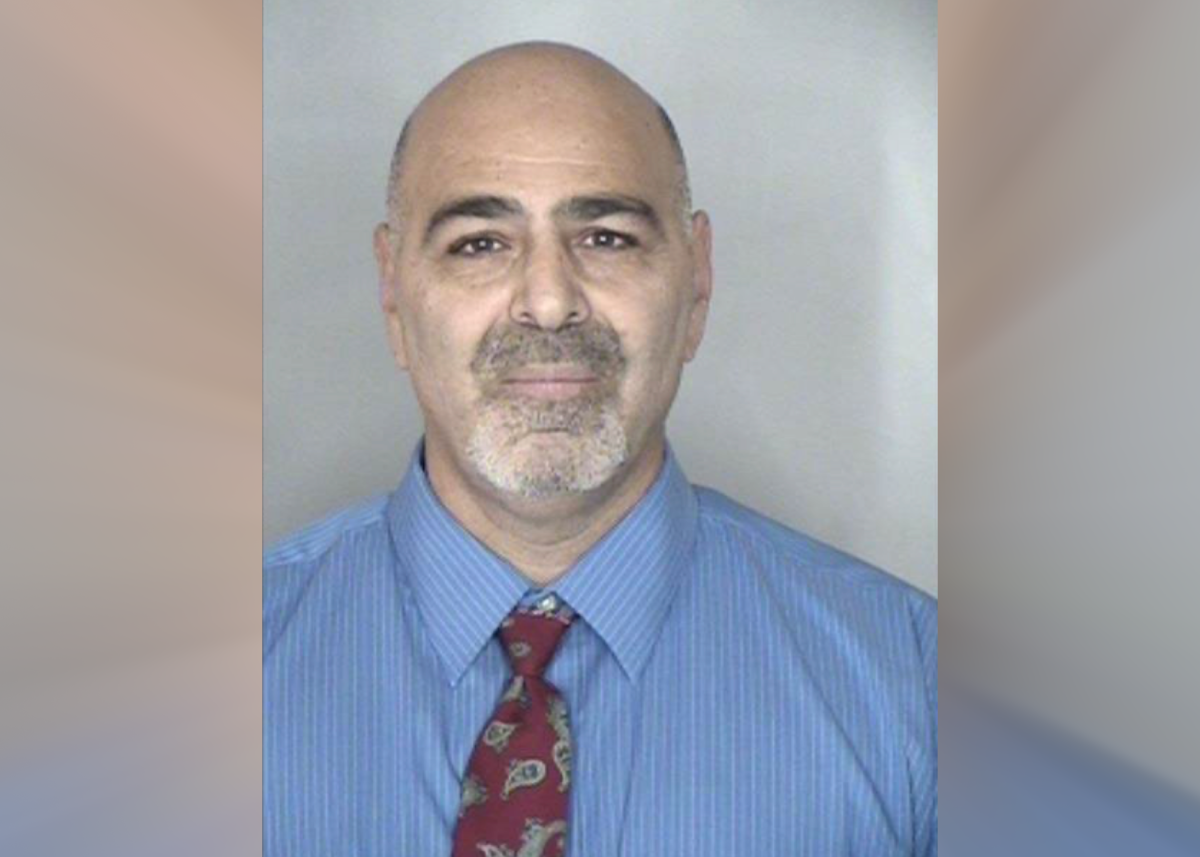
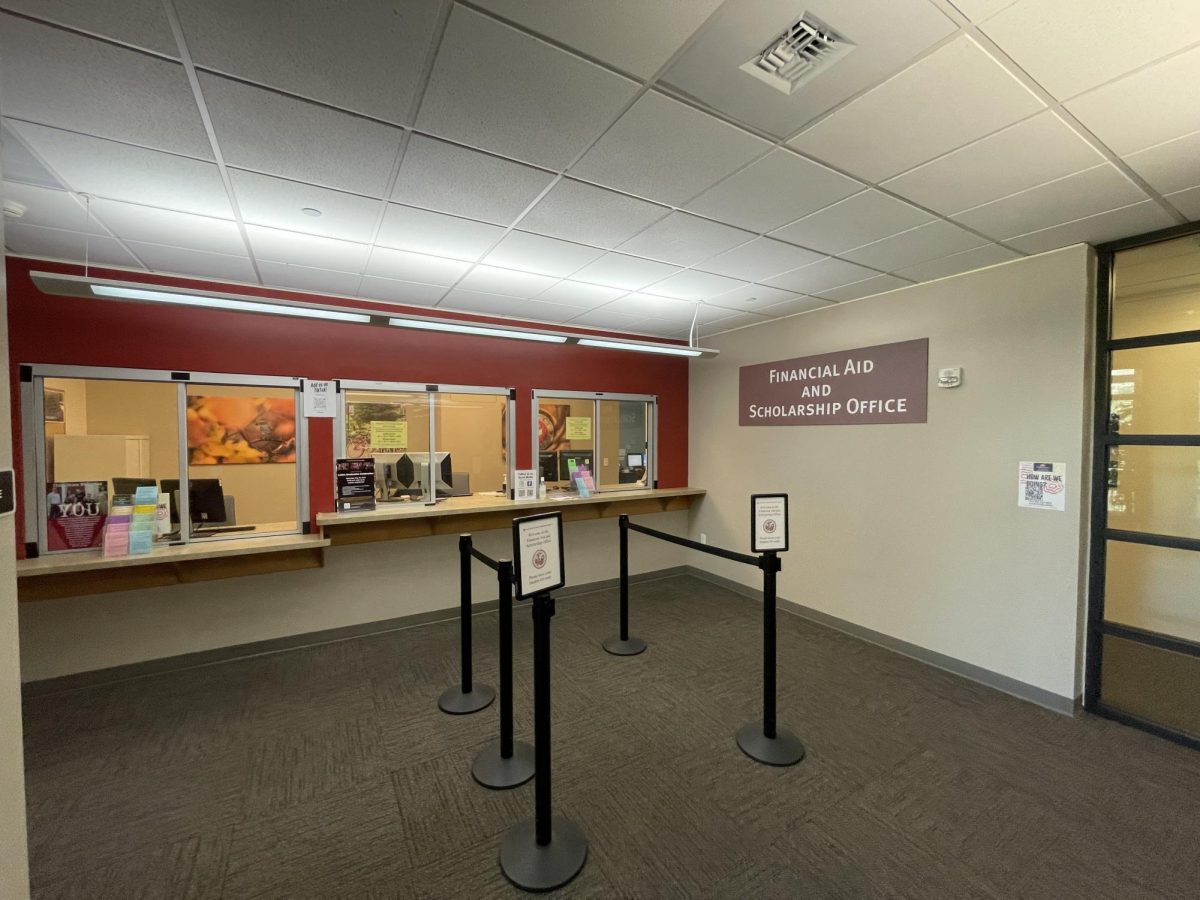

Maggie Scarpa // Oct 15, 2018 at 10:17 pm
You seem very incompetent. First, Chico State doesn’t do much to curb greenhouse gas emissions, in our last Association of Advancement in Sustainability in Higher Education, the only true thing we have done to reduce is switch from coal to natural gas a couple years ago. Currently we have less than 1% (.87%) renewable energy being utilized on campus. Second, I haven’t been able to find parking in our constitutional rights. Third, IF this was truly going to be considered, of course those with medical issues would be exempt. Again, Chico State has done nearly anything to currently reduce greenhouse gas emissions, especially when in the last couple years they solidified our carbon fate with another boiler chiller plant. Thousands of students signed a petition to NOT have another parking structure, and voted to not have a parking structure. Like Mark said, I want to ensure some kind of livable planet for the next generation, not ensure the right to park.
Mark Stemen // Oct 10, 2018 at 6:30 am
What good is a parking structure if you don’t have a habitable planet to put it on? Firenadoes anyone?
https://www.nytimes.com/2018/10/07/climate/ipcc-climate-report-2040.html
https://www.cnn.com/2018/10/07/world/climate-change-new-ipcc-report-wxc/index.html
Megan Mann // Oct 9, 2018 at 1:32 pm
I sincerely hope that Chico State considers putting in new, permanent lots or a new parking structure at some point in the near future. Between students, faculty, staff, and the many visitors who come to this campus, parking is an absolute disaster–you have to come to campus almost two hours early to find parking for class!
Professor Stemen is a fool to want to negatively impact students by opposing new parking options. Many students commute from Redding or Oroville and have difficulties finding parking enough as it is. Furthermore, some students who live within a mile of campus have medical issues where they may not be able to walk or bike to campus everyday, or they may have classes at night where walking home is unsafe, especially given the lack of proper lighting on our streets. Chico State does more than enough to reduce their carbon footprint and emissions, so putting in another parking lot or structure would not be as devastating as if the campus was not already so involved with sustainability, especially when students have been asking for years for more parking and they’re the ones who are most impacted by this decision. You don’t want your students late or missing class, help them succeed by eliminating their commuting troubles.
Maggie Scarpa // Oct 15, 2018 at 10:15 pm
You seem to not understand what this will mean to Chico State. First, Chico State doesn’t do much to curb greenhouse gas emissions, in our last Association of Advancement in Sustainability in Higher Education’s Sustainability Tracking and Reporting System, the only true thing we have done to reduce is switch from coal to natural gas a couple years ago. Currently we have less than 1% (.87%) renewable energy being utilized on campus. Second, I haven’t been able to find parking in our constitutional rights. Third, IF this was truly going to be considered, of course those with medical issues would be exempt. Again, Chico State has done nearly anything to currently reduce greenhouse gas emissions, especially when in the last couple years they solidified our carbon fate with another boiler chiller plant. Thousands of students signed a petition to NOT have another parking structure, and voted to not have a parking structure. Like Mark said, I want to ensure some kind of livable planet for the next generation, not ensure the right to park.
Maggie Scarpa // Oct 15, 2018 at 10:17 pm
You seem very incompetent.First, Chico State doesn’t do much to curb greenhouse gas emissions, in our last Association of Advancement in Sustainability in Higher Education, the only true thing we have done to reduce is switch from coal to natural gas a couple years ago. Currently we have less than 1% (.87%) renewable energy being utilized on campus. Second, I haven’t been able to find parking in our constitutional rights. Third, IF this was truly going to be considered, of course those with medical issues would be exempt. Again, Chico State has done nearly anything to currently reduce greenhouse gas emissions, especially when in the last couple years they solidified our carbon fate with another boiler chiller plant. Thousands of students signed a petition to NOT have another parking structure, and voted to not have a parking structure. Like Mark said, I want to ensure some kind of livable planet for the next generation, not ensure the right to park.